When legislation or preferences steer a shooter away from a semi-auto carbine, it's time to go with Plan B: The tactical lever-action rifle.
I live in one of those onerous corners of America, where the boot heel of tyranny has attempted to exert pressure. In short, my particular municipality took a crack at banning a host of firearms. This included, of course, the venerable AR-15 among other semi-auto carbines.
Thankfully, the law was eventually rebuked by the state supreme court, but the situation did get me thinking … The times being what they are, what’s a passable stand-in for a semi-auto carbine? Not exactly the thought experiment most want to conduct, but an unfortunate one many citizens must ponder or at least should perchance the inmates ever end up running their particular asylum.
As chances have it, some gunmakers appear sensitive to this very question and, for all intents and purposes, have concocted a workable solution. Here, I speak of the tactical lever-action. By no means are the systems a one-for-one analog of an AR, AK or any other semi-auto, but the quintessentially American gun has proven itself time and again.
Crack open a history book concerning the nation’s westward expansion, and the examples are rife—from the legendary Winchester 1873 taming the frontier to the Marlin 1894 opening up the vast Alaskan backcountry. These are as carbine hard as the men who used them living off the land as they were fending the back forty. Quite a résumé! And they’ve only grown better with time. In their present modernized form, the lever-gun is equally as adept an instrument for guarding the suburban homestead as they are a do-anything option for tackling the apocalypse.
Tactical Lever-Gun Breakdown
There’s no hard and fast rule on what constitutes a tactical lever-action. Certainly, many write them off as merely polymer-stocked iterations of the originals. True, some wear plastic, but not all. And really, there are some nuances to what’s offered, besides dark finishes and ominous names, such as “Dark Series” (Marlin) and “Model X” (Henry).

To the quick of the matter, tactical lever guns are generally modernization efforts, retaining the heart of the carbine—receiver, etc.—and offering more utility. In particular, it’s usually found with the combination of these four features:
- Accessory Mounting: Much like AR-style rifles, Picatinny rails and M-Lok slots make adding a useful accessory such as a weapon light easy.
- Threaded Muzzle: For a gun meant to defend in close quarters, the option to attach a suppressor without the aid of a gunsmith is welcome.
- Sighting Systems: Many, if not most, offer faster-target acquisition systems out of the box, such as ghost ring aperture, as well as rail systems more conducive to attaching modern optics.
- Aftermarket Support: Accessory manufacturers have also noted the trend of tactical lever-actions and offer a wealth of upgrades to tailor them to particular applications.
By no means do these modest improvements completely reinvent the wheel. There was no need to.
Despite more than 150 years old in concept (at least in its modern form), the system still proves among the most versatile and fastest available today. At the same tick, these features enhance the already solid firearms, better tailoring them to modern tastes and applications. So don’t fret if your predilections or local laws run counter to semi-auto currents. The tactical lever-action more than holds its own in today’s rough-and-tumble world. Here are six I’ve found that particularly excel in the role.
How We Made Our Picks
While I appreciate a good lever gun as much as the next guy, and I’ve owned and shot plenty of them over the years, the Gun Digest team is full of downright lever-action fanatics by comparison. Combined, we have extensive time behind a wide variety of lever guns, including all the tactical lever-action rifles on this list and several others that were left off. Using our combined experience, we found that the following models are the best-executed examples of the tactical lever-gun concept. From features and ergonomics to general reliability and performance, these are the top space cowboy lever gats to get.
Raise Your Lever-Action IQ:
- Enduring Legend: Evolution of the Lever-Action Rifle
- 5 Of The Best Lever-Actions Available Today
- 7 Marlin Lever-Action Rifles Worth Adding To Your Collection
- Lever-Action Shotgun: Past, Present And Future
- 5 Must-Have Henry Lever-Action Rifles
- .357 Magnum Lever-Action: The Best Pistol Caliber Carbine?
- 9 Greatest Winchester Lever-Action Rifles, Shotguns and Bolt-Actions
Best Tactical Lever Actions
- Best Overall Tactical Lever Action: Marlin Dark Series 1895
- Best PCC Tactical Lever Action: Henry Model X Big Boy .45 Colt
- Best Takedown Tactical Lever Action: Taylor & Co. 1892 Alaskan Takedown Black .44 Magnum
- Best .22LR Tactical Lever Action: Rossi Polymer Rio Bravo .22 LR
- Best Budget Tactical Lever Action: Rossi R92 Triple Black .357 Magnum
- Best 9mm Tactical Lever Action: POF USA Tombstone
Tactical Lever Action Specs Comparison
| Make/Model | Caliber | Capacity | Barrel Length (inches) | Overall Length (inches) | Weight (pounds) | Stock Material | MSRP |
|---|---|---|---|---|---|---|---|
| Marlin Dark Series 1895 | .45-70 Gov't | 5+1 | 16.17 | 35.5 | 7 | Polymer | $1,429 |
| Henry Model X Big Boy .45 Colt | .45 Colt, .357 Mag/.38 Spl, .44 Mag/.44 Spl | 7+1 | 17.4 | 36.3 | 7.3 | Polymer | $1,124 |
| Taylor & Co. 1892 Alaskan Takedown Black .44 Magnum | .44 Mag, .357 Mag/.38 Spl | 7+1 | 16 | 34 | 5.95 | Wood | $1,731 |
| Rossi Polymer Rio Bravo .22 LR | .22 LR | 15+1 | 18 | 35.9 | 5.17 | Polymer | $357 |
| Rossi R92 Triple Black .357 Magnum | .357 Mag/.38 Spl | 8+1 | 16.5 | 33.7 | 6.11 | Wood | $1,061 |
| POF USA Tombstone | 9mm | 20 or 10 | 16.5 | 36 | 5.75 | Polymer | $1,962 |
Best Tactical Lever Actions
Best Overall Tactical Lever Action: Marlin Dark Series 1895
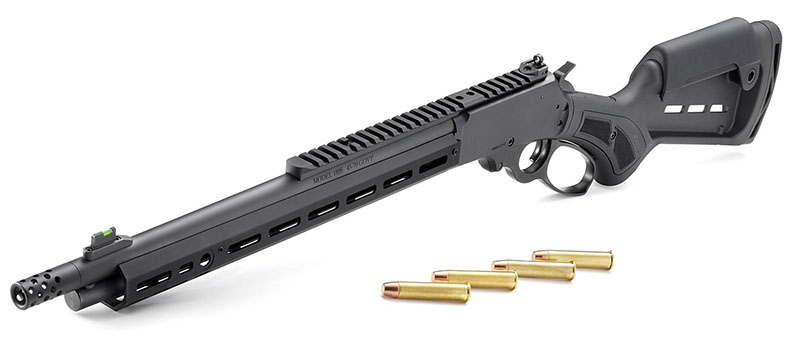
Dark Series 1895 Specs
Caliber: .45-70 Gov't
Capacity: 5+1
Barrel Length: 16.17 Inches
Overall Length: 35.5 Inches
Weight: 7 Pounds
Stock Material: Polymer
MSRP: $1,429
Pros
- Classic Design
- Improve Build Quality
- Excellent Accuracy
Cons
- Trigger Wasn't Smooth
Since Ruger acquired Marlin, the company has been reintroducing many of the most popular lever-action models, including the tactical Dark Series. However, at the time of this writing, the lineup only includes the Model 336 in .30-30 Winchester and the 1895 in .45-70 Gov't.
For this list, I chose the latter. Sure, .45-70 may not be quite as versatile as something like .357 Mag. or .22 LR, but if you're shopping for a tactical lever-action rifle for defense in grizzly bear country–or close quarters verses two-legged predators–the heavy-hitter can be a very smart choice. I don't peg this rifle as a jack-of-all-trades carbine, but I find that what it does, it does well.
Notably, the pre-Ruger Marlin Dark Series rifles were not nearly as well thought out as these new models. No longer sporting wood furniture with a coat of black paint and a few pre-installed aftermarket accessories, the current production Dark Series guns were given a much more serious tactical treatment. The rifles now feature nylon-reinforced polymer furniture with M-LOK slots, a threaded barrel with a radial muzzle brake, QD sling attachment points and of course a Picatinny rail for optics.
Perhaps our favorite aspect of the entire build is the gun's M-Lok handguard, which sadly remains an aftermarket upgrade for most lever actions–tactical or otherwise. In our book, this makes the Marlin the best overall option in tactical lever actions at present, or at least the one best living up to the moniker.
As for shooting, I found Ruger has done a phenomenal job with the 1895. With the right ammo–in our case Hornady Subsonic–the rifle prints sub-MOA. The user interface is well thought out and comfortable, making the rifle fast and accurate–particularly with the included radial brake or a suppressor. It's about everything I wanted in a modern lever action… almost.
I found two sticky points to the gun. The snap on comb isn't the easiest install and is necessary. And the trigger–at least on my model–had a hitch at the start of the pull. Cleaned up the gun would have been near perfect. I still think it's dang close and with a LPVO on top believe it would serve most shooters well.
Read our complete Marlin Dark Series 1895 review.
Dark Series Deals
Best PCC Tactical Lever Action: Henry Model X Big Boy .45 Colt

Model X Big Boy Specs
Caliber: .45 Colt
Capacity: 7+1
Barrel Length: 17.4 Inches
Overall Length: 36.3 Inches
Weight: 7.3 Pounds
Stock Material: Polymer
MSRP: $1,124
Pros
- Ergonomic
- Smooth Lever Throw
- Pistol Grip
Cons
- No Picatinny Rail
Among the most popular of Henry’s rifles, the pistol-caliber carbine succeeds wildly in the company’s polymer-stock Model X line. Light and responsive, the rifle sings in the right hands and is as dependable as the day is long.
While I have an affinity for carbines chambered .357 Mag./.38 Special, and the Big Boy is available in .44 Mag./Special, shooters are well served in considering the Big Boy in .45 Colt. The gun digests spicy hunting loads, giving it plenty of hitting power and versatility—it’s a particularly apt survival option with brush-gun chops.
Especially welcome on the 17.4-inch barreled rifle (it’s threaded, mind you) is a well-thought-out polymer forend, staying true to the Big Boy’s feel while improving its utility. To this, we point out the section of Picatinny rail below the forend and the M-Lok slots at the 3 and 6 o’clock positions just above the rail.
Further back, Henry opting for a pistol-style grip (as opposed to the original’s straight grip) is appreciated and adds a level of control to the rifle—as does the company adding a side-loading gate for fast reloads. Its 7+1 capacity is ample for most circumstances, but it doesn’t hurt to have a backup to keep it in the fight.
And this gun might very well be the best tactical/hunter options on the list. I found the gun an extremely fast shooter, even without a muzzle device installed, and fairly danged accurate 50 yards and in. Stand hunting or a very manageable and overpowering defensive option, the rifle excels in either role.
About the only bone I have to pick is Henry opting for drilling and tapping the receiver; many shooters might’ve felt better served with an optics rail. Given it’s a side ejector, it would’ve worked like a beauty. Though, that’s no dealbreaker, since you can add the asset at home. As an aside, Henry also offers Model X .45-70 and .30-30 options, if those are better suited to your circumstances.
Get the whole story, read our Henry Model X review.
Model X Big Boy Deals
Best Takedown Tactical Lever Action: Taylor & Co. 1892 Alaskan Takedown Black .44 Magnum
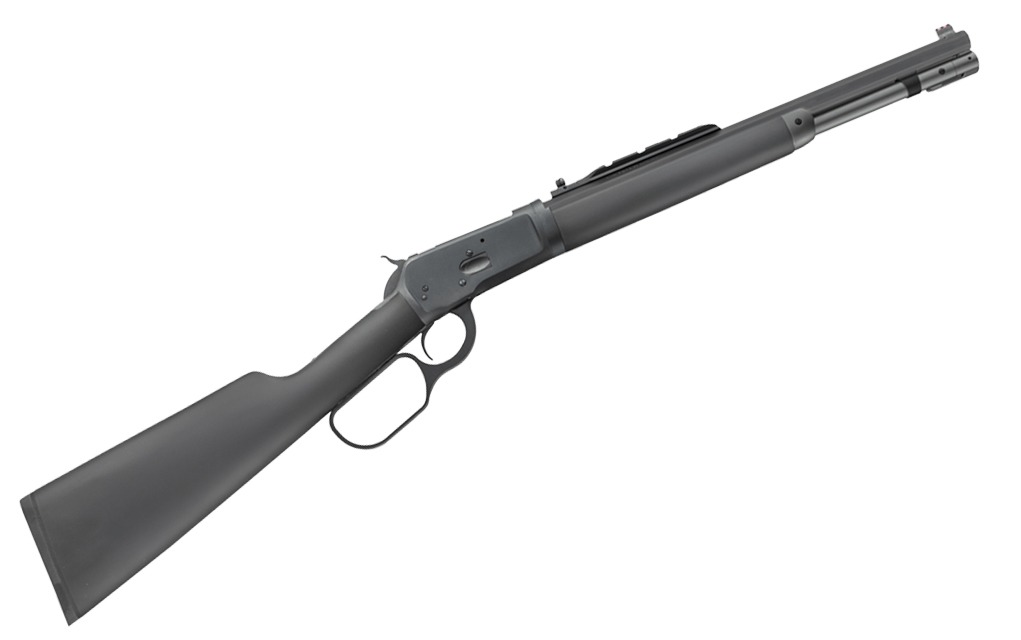
1892 Alaskan Takedown Black Specs
Caliber: .44 Magnum
Capacity: 7+1
Barrel Length: 16 Inches
Overall Length: 34 Inches
Weight: 5.95 Pounds
Stock Material: Wood
MSRP: $1,703
Pros
- Takedown
- Maintains Zero After Being Taken Down
- Light
Cons
- Top Ejection Limits Optics
- Loading Gate Has Bite
Up front, we’ll say this rifle misses a few key tactical features: threaded muzzle and accessory-attachment points. However, it makes up for these shortcomings with one notable asset. It’s a takedown.
Some might pick nits with the concept, but I still contend it’s a worthwhile way to make a long-gun more accessible away from home—be it stowed in your pickup or backpack. In this case, again I prefer the .357 Magnum/.38 Special version, but some might find the .44 Magnum/.44 Special iteration more suitable.
In either case, the Alaskan breaks down to a tidy 17-inch package. And at roughly 6 pounds empty, it isn’t much of a burden. That’s surprising, because the rifle has a thick octagon barrel and is stocked in wood with a rubber overmolding. Chiappa, the manufacturer, obviously could’ve cut a few ounces with polymer furniture, but the touch more heft feels right in this particular style of rifle.
A Winchester ’92 clone, it spits spent cases out the top. While not the best system to run an optic on, Chiappa avoids conflict on this front by moving the Weaver-style optics rail forward, scout-rifle style. I'm going to be honest here, I'm no fan of a Scout scope mount, but understand the need with the action.
The rail also includes the rear section of the iron sights system, a Skinner adjustable rear peep with an ample aperture, giving it a function much along the lines of a ghost ring. Enhanced by a bright red fiber-optic front, it’s quick to the target in a pinch, but more than capable of holding on a distant shot. The lever loop is larger than I prefer, but not Hollywood by any stretch.
Performance-wise, the gun ran smoothly through all my tests and proved acceptably accurate. I was pleased with the the mate-up of barrel and action as well. My scope maintained its zero between taking down and putting together, which is a decent sign the Alaskan was made to acceptable tolerances.
It no tack driver, averaging 1.5 inch groups at 100 yards, the trigger also could use some cleaning up and the loading gate could bite, but neither precludes this carbine from consideration in my book. I believe adding a red dot and a suppressor (it has a threaded muzzle), it'd make a dandy little home defense, truck or backpack option.
Alaskan Takedown Deals
Best .22LR Tactical Lever Action: Rossi Polymer Rio Bravo .22 LR

Rio Bravo Specs
Caliber: .22 LR
Capacity: 15+1
Barrel Length: 18 Inches
Overall Length: 35.9 Inches
Weight: 5.17 Pounds
Stock Material: Polymer
MSRP: $357
Pros
- Lightweight
- Good Capacity
- Accessory Attachment Points
Cons
- No Loading Gate
Honestly, you needn’t have a tactical bent to go with this Rossi. Snappy and responsive, the polymer Rio is like most .22 LRs—just plain fun and difficult not to love. It’s got a lot going for it beyond enjoyment, making it a candidate for a bug-out gun or a home-defense option nearly anyone in the family can wield effectively. Among the most noteworthy, its ample 15-round tubular magazine gives the 5-pound rifle plenty of firepower.
Outside of foreign invasion, it should prove to have enough on tap to face down most circumstances. Though, I confess the addition of a side-loading gate would improve peace of mind.
As for the stock, it’s a very simple polymer affair that doesn’t stray too far off the reservation. The exception being the six M-Lok slots—three on each side—on the front of the fore. They’re well placed, near the top and just the right position to intuitively operate a light, no matter if you’re right- or left-handed.
Sights are fiber-optic three-dot, green in the rear and red upfront—very basic, but familiar to most shooters and eye-catching in all but low-light conditions. The front is shrouded so you don’t bust the pipe, and the rear is fully adjustable for windage and elevation—nice, large and tactile knobs, too.
As for accuracy, it's fairly on target for a lever-action within reason. I often take mine to the range as a diversion between drills and can pound a 5-inch hostage plate from 30-yards all day long with it. For a lever action 22, that's acceptable accuracy in my book.
I used to complain the only shortcoming this rifle had was the lack of a thread muzzle, but Rossi stepped up to the plate an recently rectified this with the Rio Bravo Tactical model. Essentially, it plays friendly with suppressors and has a pic rail on the receiver. But there's a price to pay with this configuration, it drops down to a 10 round capacity. Personally, I'd rather have the ammo on board.
Find out more about this plinker, read our Polymer Rio Bravo review.
Rio Bravo Deals
Best Budget Tactical Lever Action: Rossi R92 Triple Black .357 Magnum
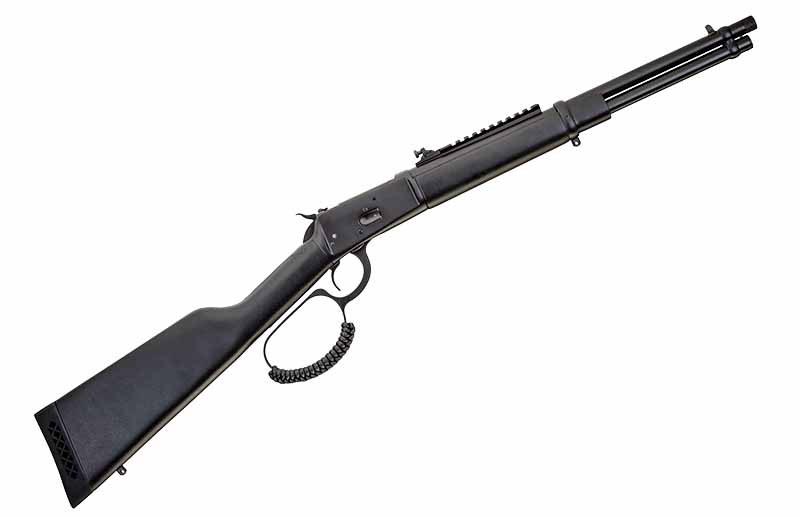
R92 Triple Black Specs
Caliber: .357 Magnum
Capacity: 8+1
Barrel Length: 16.5 Inches
Overall Length: 33.7 Inches
Weight: 6.11 Pounds
Stock Material: Wood
MSRP: $1,061
Pros
- Integrated Picatinny Rail & Peep Sights
- Solid Capacity
- Lightweight & Compact
Cons
- Scout-Optics Mounting Only
Like the Rio, the R92 Triple Black is just off the mark in some respects. But overall, for the right application, is a solid option.
The R92 is a proven line of Winchester ’92 clones that offer a good mix of quality and affordability. With the Triple Black, the Brazilian manufacturer tweaks the formula with some well-thought-out upgrades, while keeping the rifle tied to its roots. I made my preference of .357 Magnum clear earlier, and, despite a .44 Magnum option, I again contend shooters are better served with the smaller caliber unless they’re buying a dedicated hunter.
Perhaps my favorite aspect of the rifle is the integrated Picatinny rail/rear sighting system–even if it's a the dreaded scout mount. Rossi opts for a peep rear with a relatively large aperture in conjunction with a large blade front, making it quite useful where nimbleness is at a premium. But most, I imagine, would take advantage of the rail and a 1x optic or multi-powered scope—both are apt for the 16.5-inch barrel gun.
Lever-actions, particularly pistol-caliber models, are well served with a suppressor and the Triple Black is threaded for action. Until you mount yours, the rifle comes with a factory-installed knurled thread protector.
However, and this is odd, the 8+1 rifle doesn’t have any accessory attachment points, which perhaps makes it better suited as a bug-out gun, rather than a home-defense specialist. That and the grip and loop, at least for me, leave something to be desired. Rossi kept the same stock design as its hardwood R92, straight; and the company couldn’t resist running a larger lever loop. Though, admittedly, it looks nice.
R92 Triple Black Deals
Best 9mm Tactical Lever Action: POF USA Tombstone

LVRB Specs
Caliber: 9mm
Capacity: Ships with 20- or 10-round magazine
Barrel Length: 16.5 inches
Overall Length: 36 inches
Weight: 5.75 pounds
Stock Material: Polymer
MSRP: $1,962
Pros
- Unique Design
- Short Lever Throw
- Excellent Accuracy
Cons
- Reliability Issues
- Expensive
What can I say, other than POF cooked up what might be the coolest lever action since Winchester slapped on a loading gate. The Tombstone is a 9mm, magazine-fed lever gun with perhaps the most tactical profile of all tactical lever actions. It could be the whole package… could be.
To the good first. As I mentioned the carbine is among the most unique-looking guns almost Tombstone meets Heat. The front end resembles an AR-15, with an aluminum M-Lok handguard wrapping the lower end of the barrel. The aft is all lever action, with a largish action and an extended hammer—though the Magpul stock takes us back to modern times. The Tombstone comes with a Picatinny rail on the action to mount a scope, though POF includes a blade front and ghost-ring rear as part of the package.
Given that 9mm isn’t a lever-action cartridge—much shorter than what the platform was engineered for—the lever throw is much terser. This is where the bad creeps in. I found you had to work the action to avoid malfunctions. Generally, it was a failure to feed issues that plagued the gun, and in all fairness, these worked their way out throughout shooting. But I didn’t find the lever as smooth or enjoyable as most lever guns I’ve shot.
One other point worth considering is the way the stock is configured, low rings are advisable. Go even moderately high rings pull the cheek off the comb; with irons, my weld was perfect.
This is forgivable in some respects, given the gun is very accurate for what it is. At 50 yards, I had it printing between 1.5 to 2 MOA. With the action broken in—and aided by the included brake—the polite 9mm ammo could print out groups at double time. The Tombstone has the potential of being a defensive option if it weren’t so prone to malfunctions. At this point, I consider it more a range toy, ranch gun or competition carbine than anything else.
Tombstone Deals
Tactical Lever Action FAQ
Yes, the lever-action rifle is a solid option for home defense. While its rate of fire isn't as great as an AR-15 or other semi-automatics, the rifles are generally accurate and fire powerful cartridges. In particular, the pistol-caliber lever-actions opens the door to a host of magnum cartridges, such as the .357 Magnum and .44 Magnum.
The main disadvantages of a lever-action are its rate of fire, capacity and the need of two hands to operate it efficiently. The rifle shoots at a slower rate than AR-15s and other semi-automatics, given the operator must actuate the lever to cycle the gun. Compared to most modern semi-autos, the capacity is much lower–the AR-15 uses a 30-round magazine, while most lever actions hold 8 or less rounds. Given an operator must work the lever to cycle the gun a lever action is much more difficult to run if injured and the user only has one hand to manipulate the rifle.
Lever actions are not used as much now because semi-automatic rifles surpass them in performance. Thought, the classic design has regained favor in recent years, somewhat do to legislation limiting ownership of semi-auto rifles.
While lever actions are presently found in a multitude of different calibers, the most common remains the .30-30 Winchester. Given the cartridge was originally a black-powder cartridge and its favor among deer hunters, the .30-30 in lever actions is prolific. While it might not be the most popular cartridge today, nearly every lever action designed to shoot bottleneck cartridges will have a .30-30 chambering.



















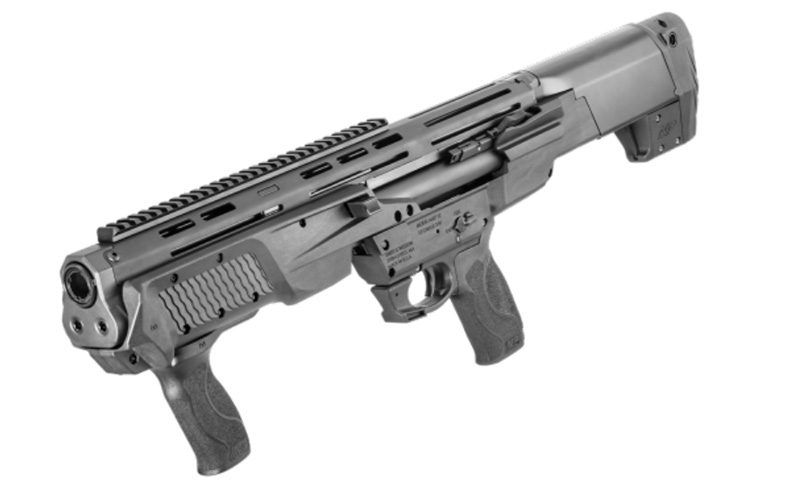
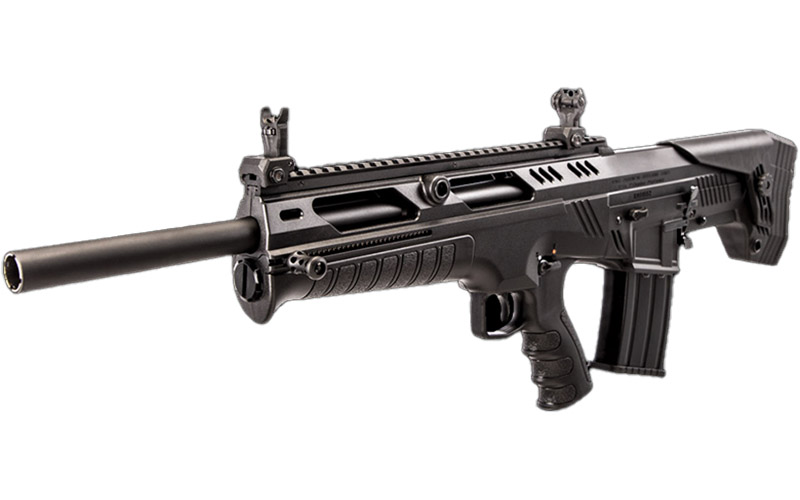
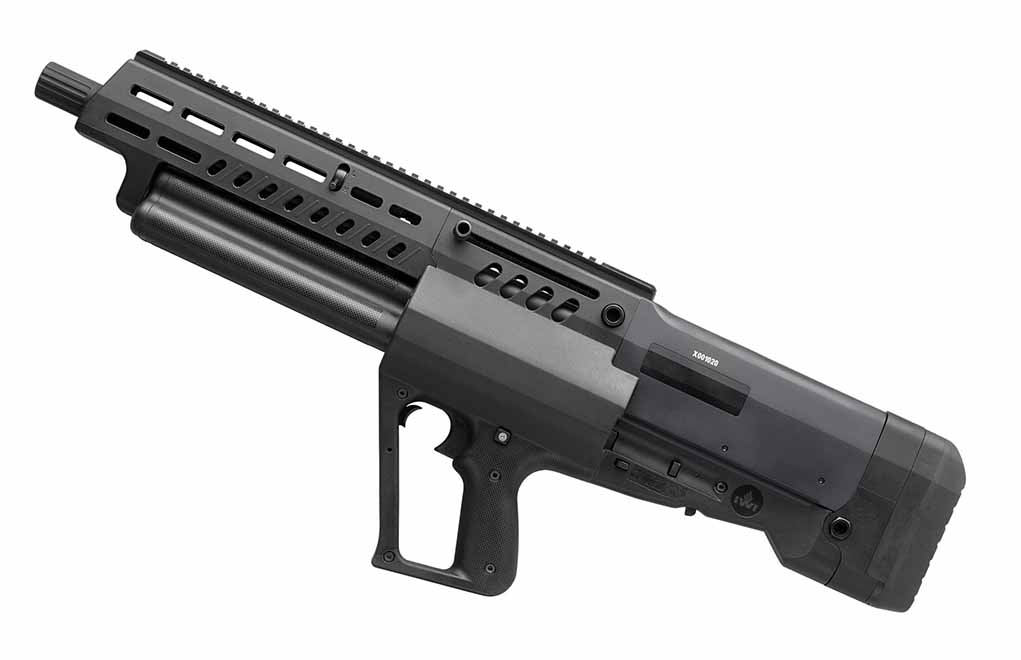

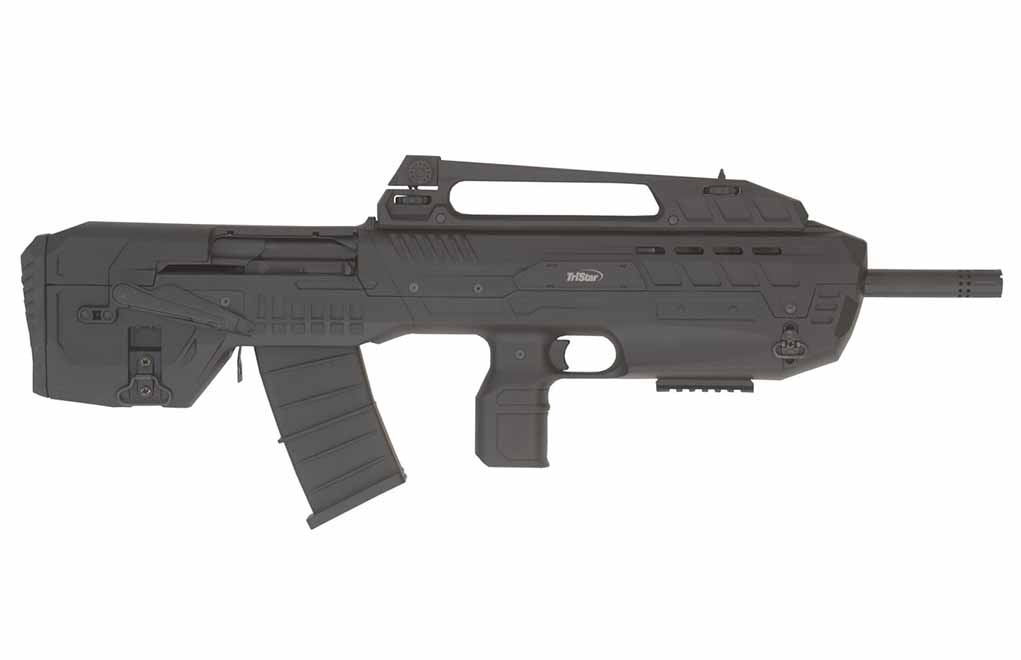
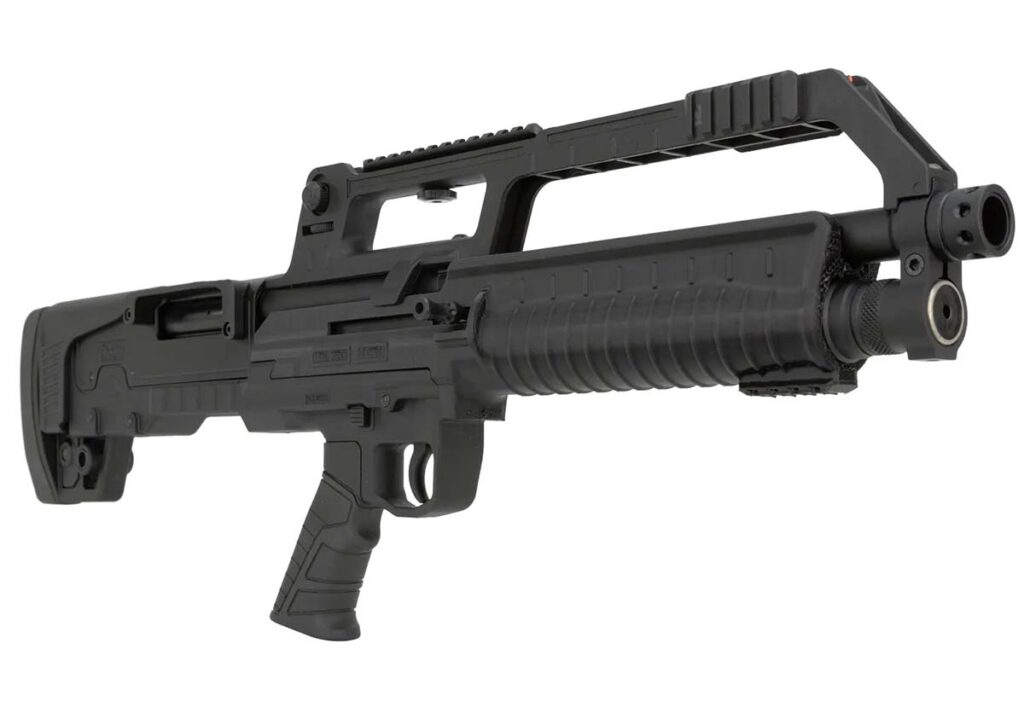


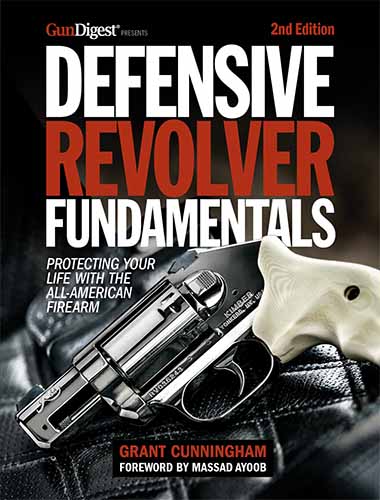
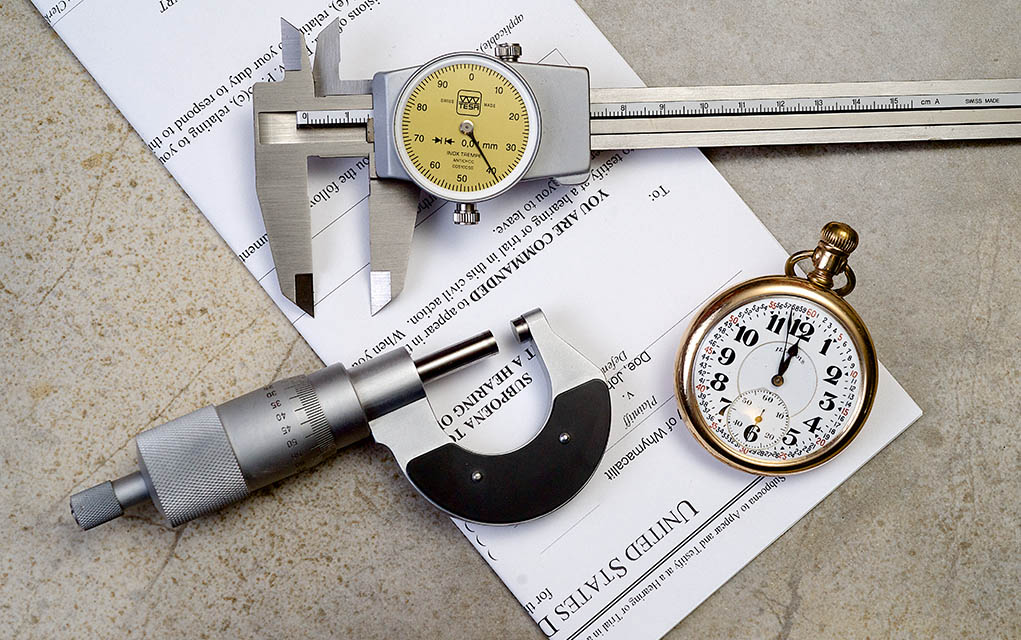


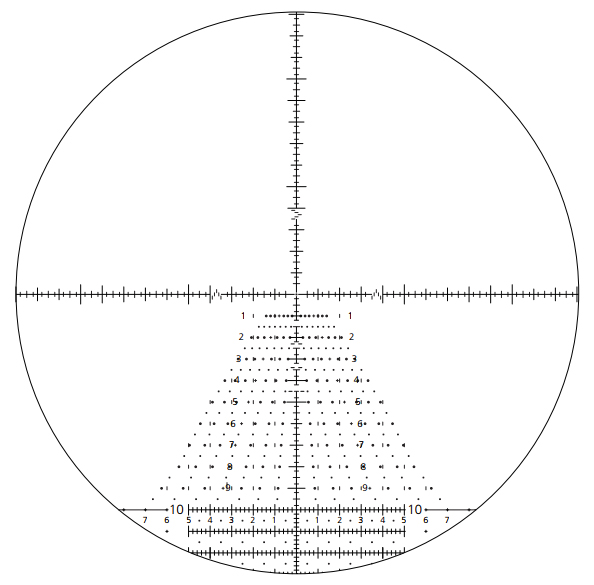



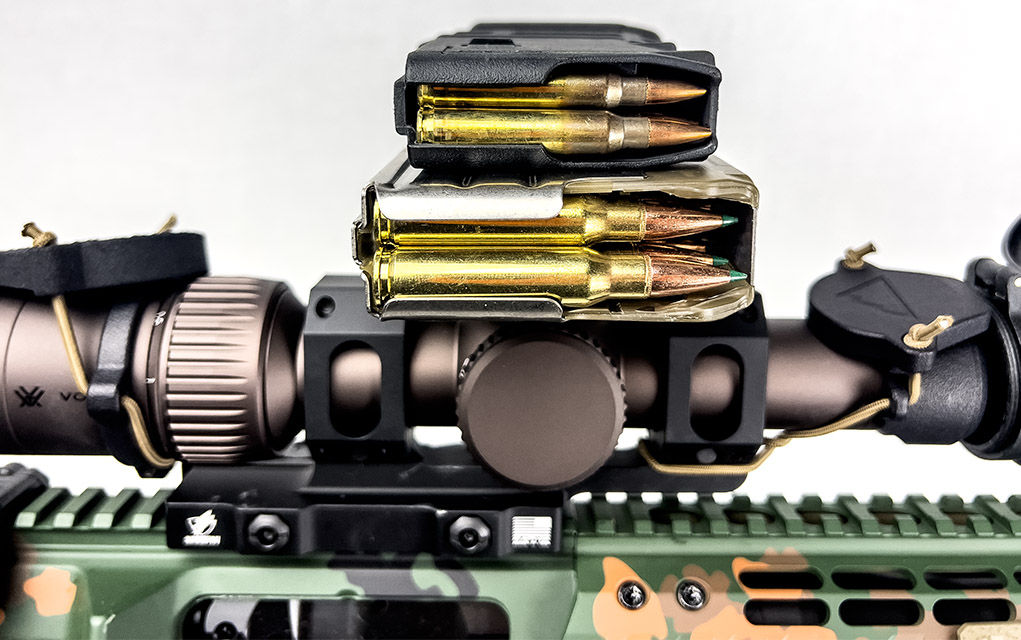
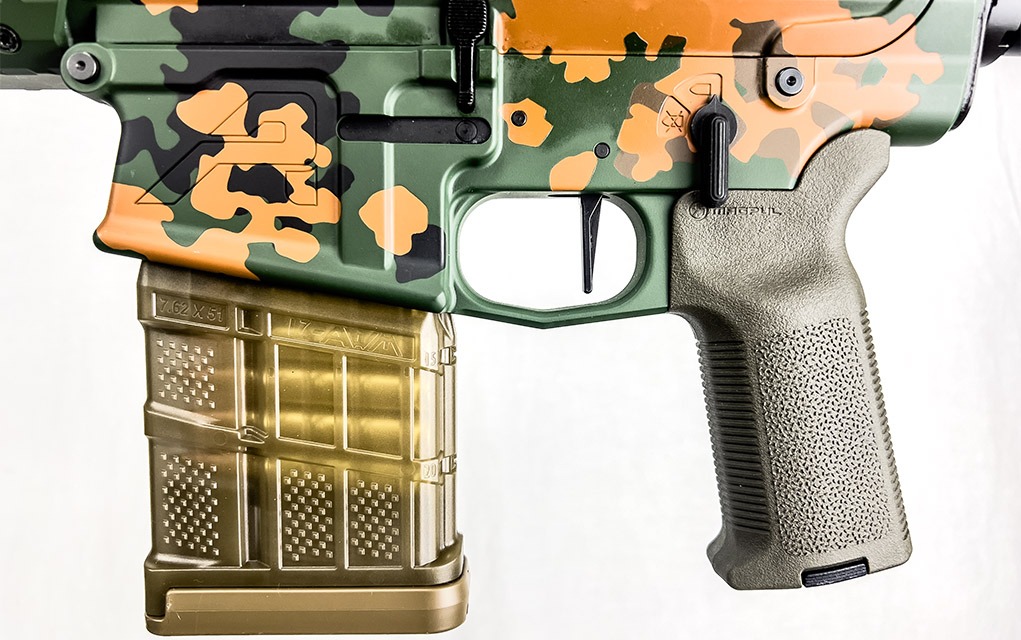
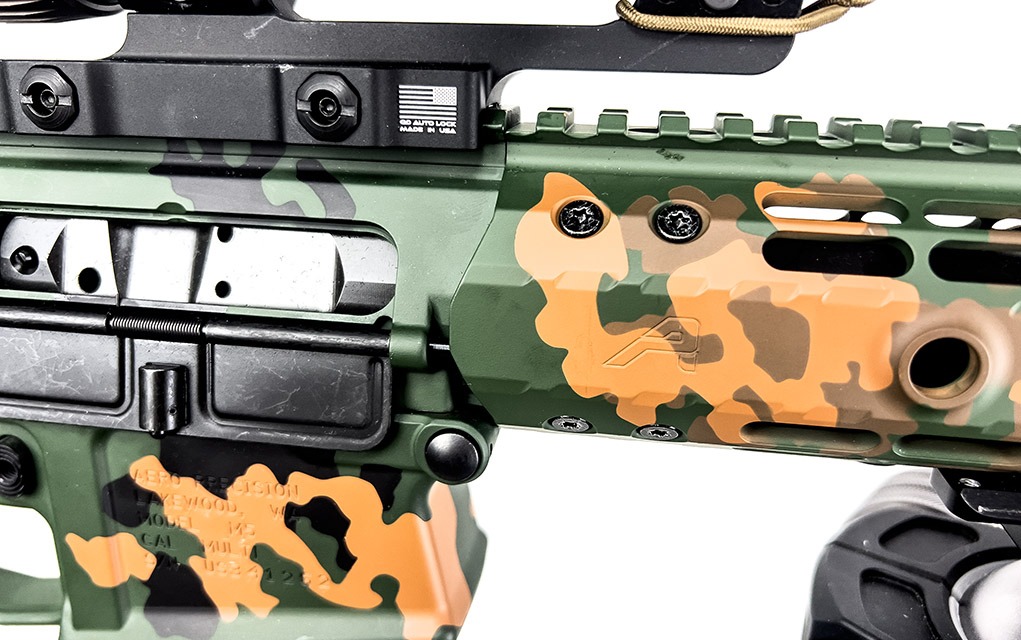
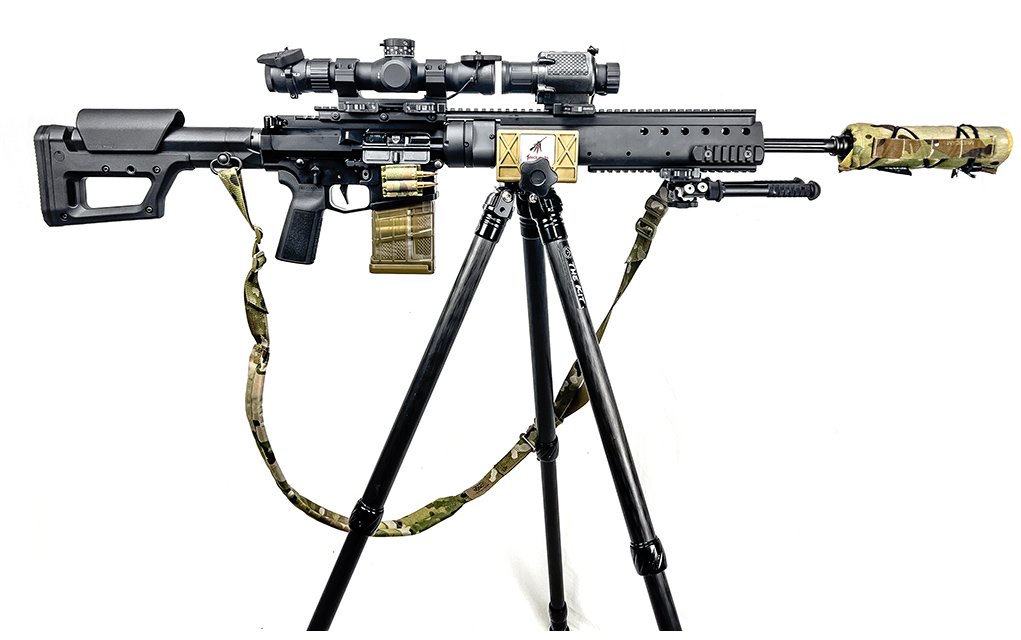
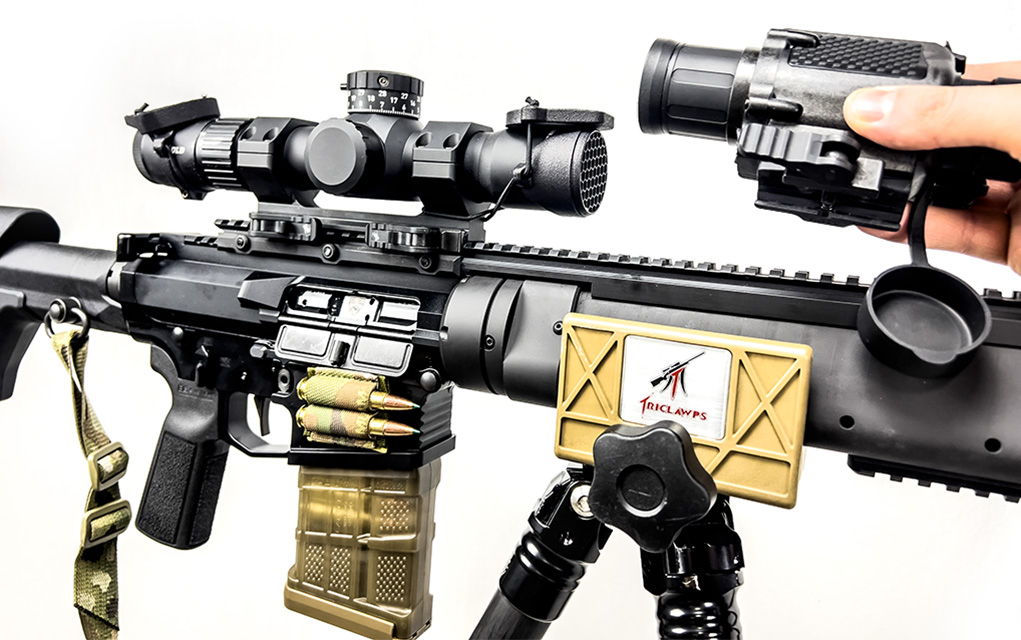
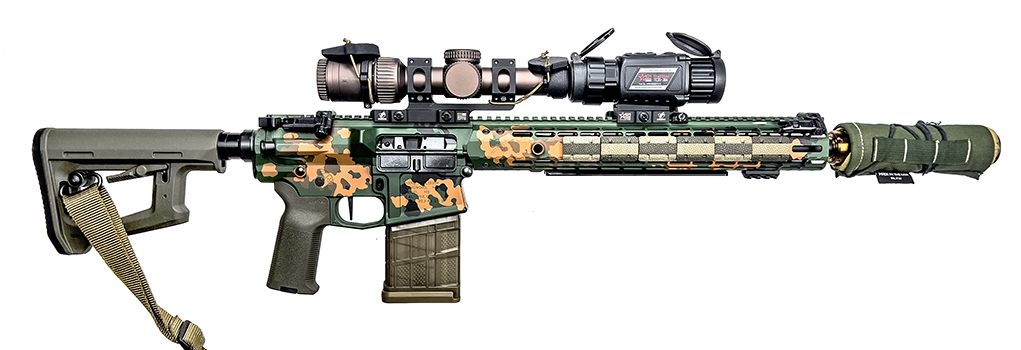
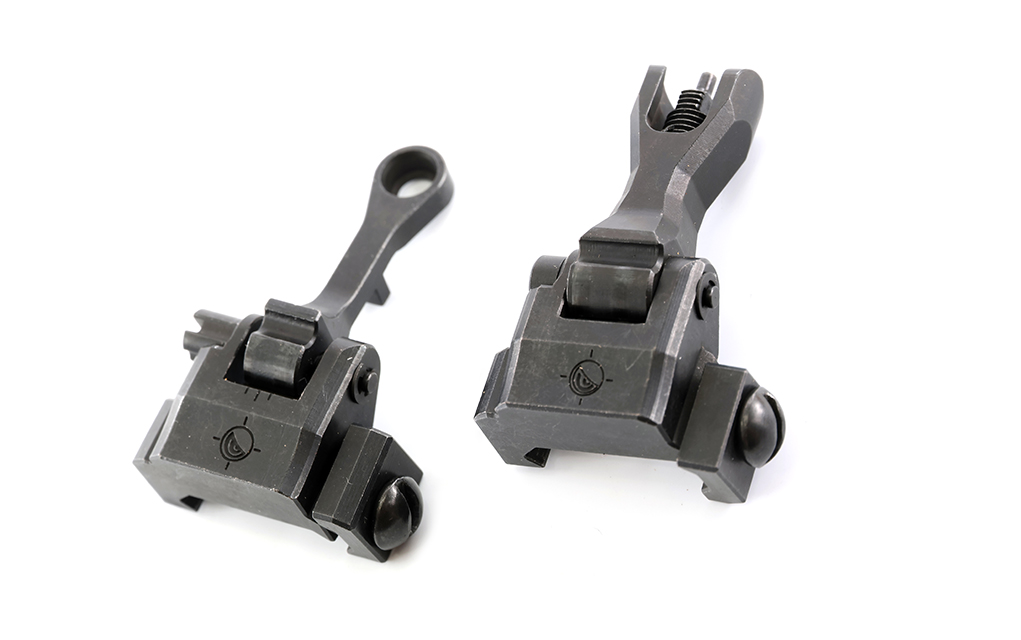


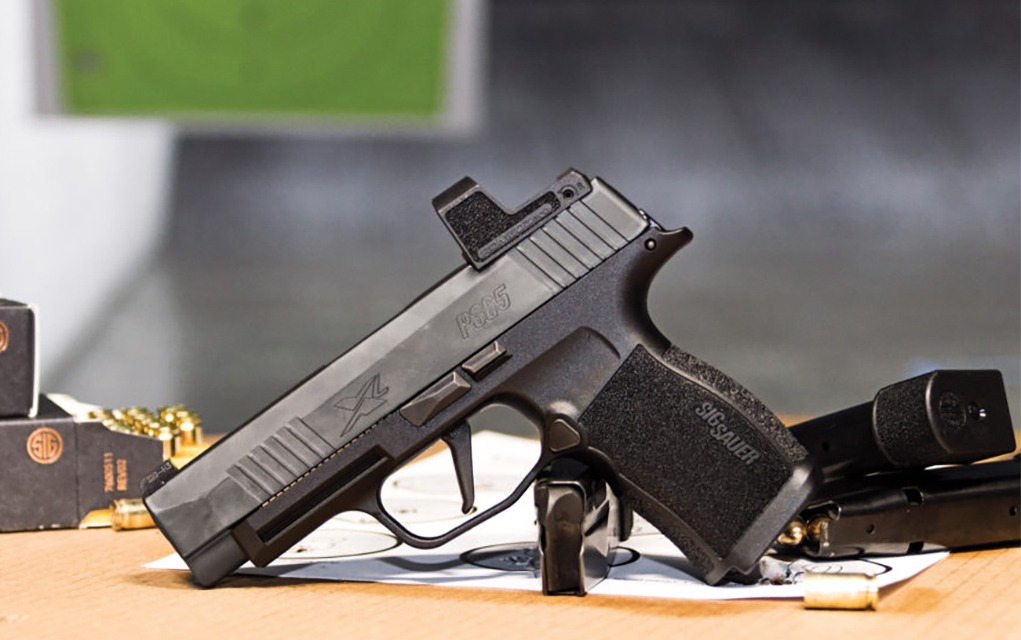
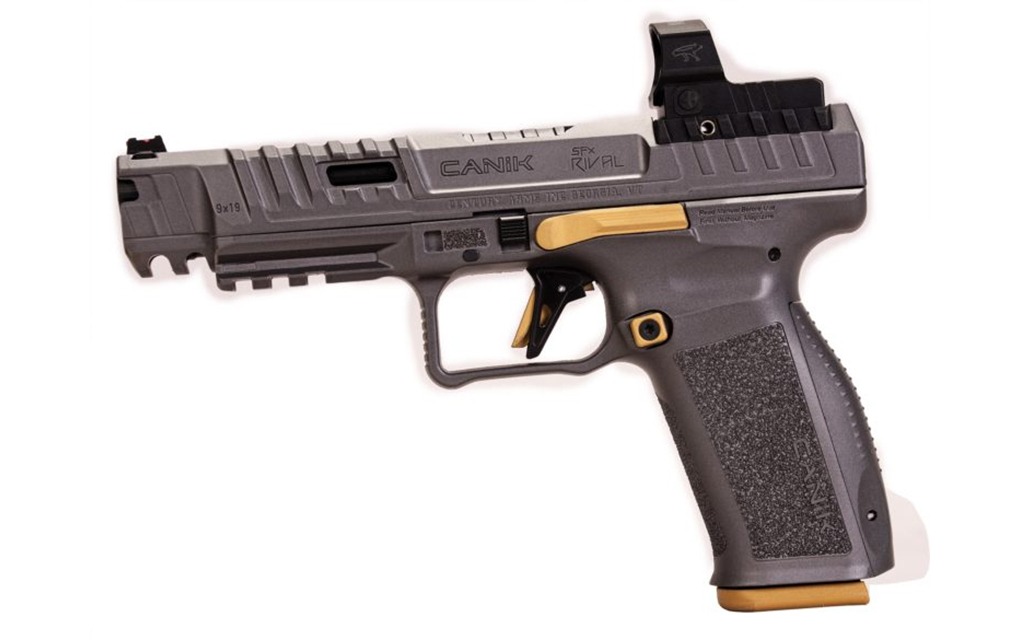



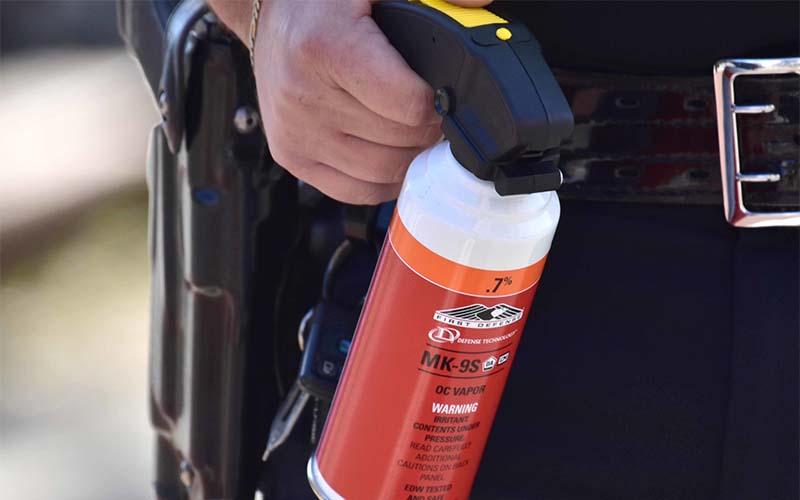
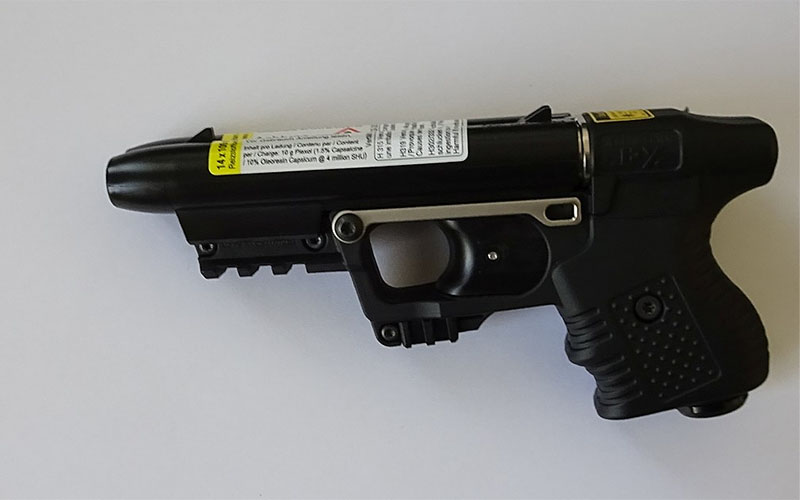



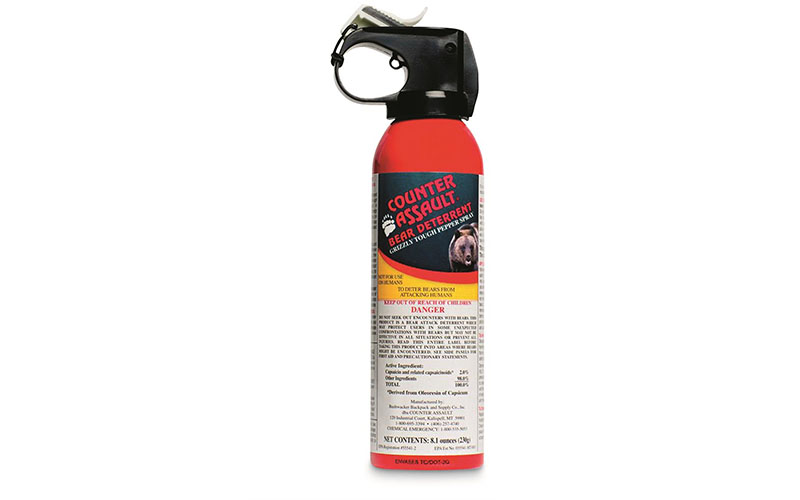

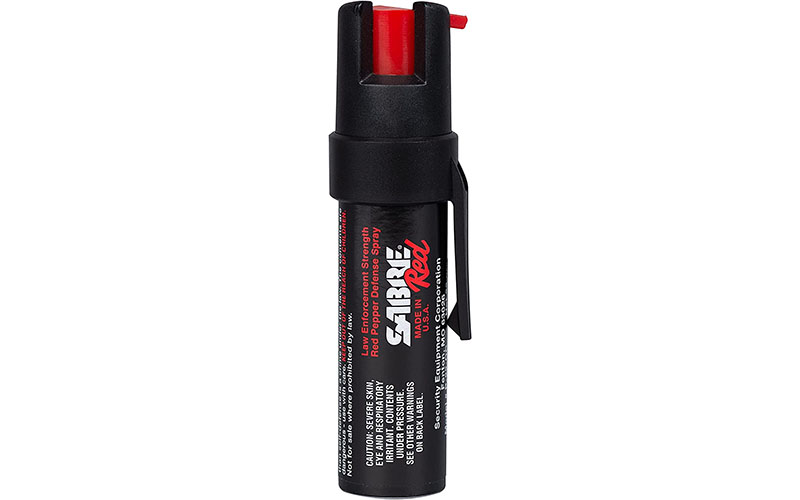
![Best Concealed Carry Guns In 2025 [Field Tested] Wilson Combat EDC X9S 1](https://gundigest.com/wp-content/uploads/Wilson-Combat-EDC-X9S-1-324x160.jpg)


![Best 9mm Carbine: Affordable PCCs [Tested] Ruger Carbine Shooting](https://gundigest.com/wp-content/uploads/Ruger-Carbine-Shooting-100x70.jpg)
![Best AR-15: Top Options Available Today [Field Tested] Harrington and Richardson PSA XM177E2 feature](https://gundigest.com/wp-content/uploads/Harrington-and-Richardson-PSA-XM177E2-feature-100x70.jpg)
